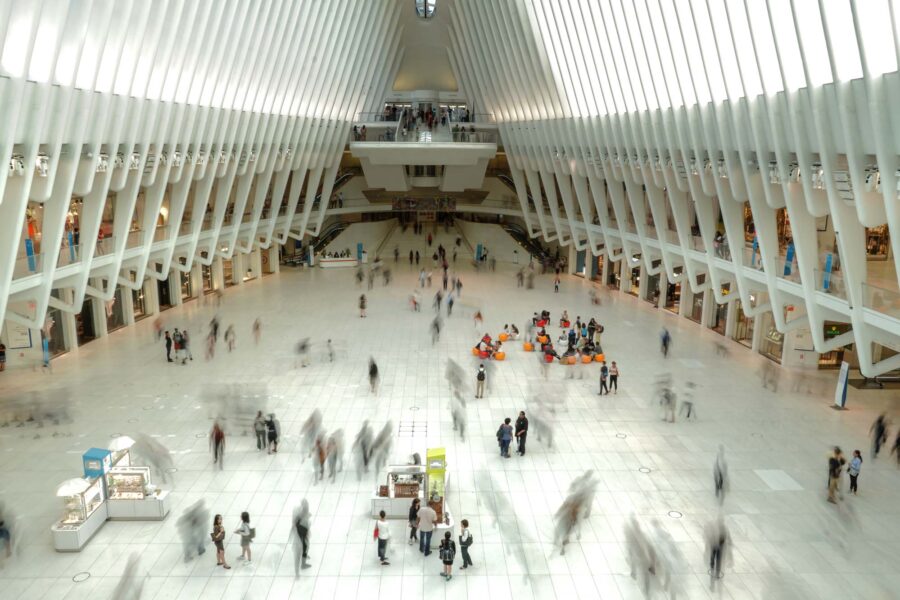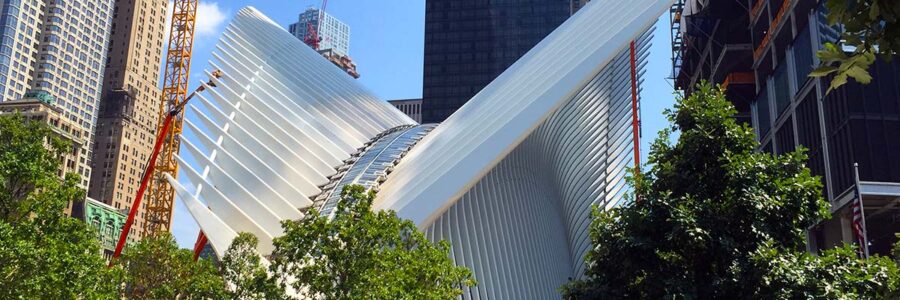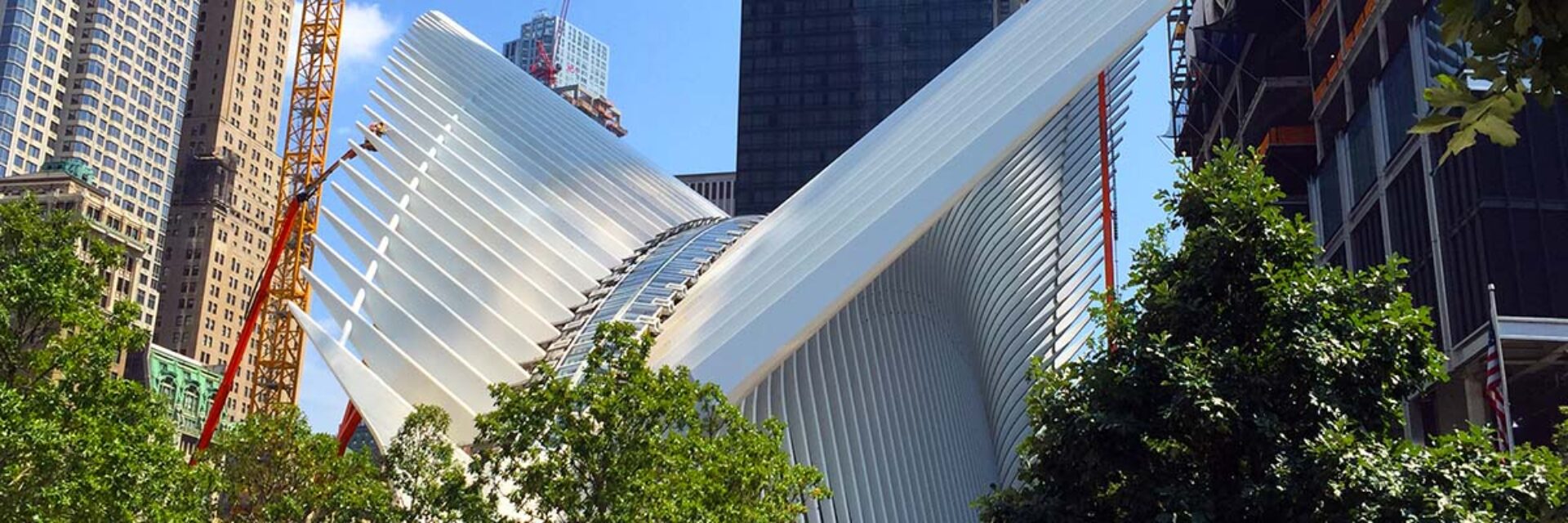
Location New York, NY
Client Port Authority of New York & New Jersey (PANYNJ)
Services Estimating & Cost Management, Program Management
Project Value $2.5 billion
Hill provided program management and technical support for the restoration of PATH train service to Lower Manhattan in the wake of the World Trade Center (WTC) Disaster and then continued our support to deliver the new, permanent WTC Transportation Hub. To enable service restoration, two Hudson River Tunnels and the Exchange Place Station were rehabilitated and restored, and a temporary PATH WTC Station was constructed. With Hill’s help, the Port Authority of New York and New Jersey’s (PANYNJ) goal to restore downtown service was achieved one month ahead of schedule.
For the temporary service station, Hill developed design criteria for the PATH Signal Control System; reviewed design work order packages; investigated constructability/staging, structural, and operational issues; prepared the Phasing and Construction Staging Plan; developed and implemented a test program to verify the new rail station met Federal Railroad Administration standards; and provided day-to-day project management support. In addition, Hill provided cost estimating and related analyses services to support the FEMA/insurance reimbursement process pertaining to the losses from the WTC disaster.
Based on Hill’s accomplishments during Phase I of the program, PANYNJ chose Hill to continue providing program management, estimating, and technical support services on Phase II of the program. This Phase included development of the permanent WTC PATH Terminal, WTC site public infrastructure, and associated site development. Today, the site includes approximately 10 million SF of commercial office space and 1 million SF of retail, hotel, and conference center facilities.
Designed by Santiago Calatrava, the Hub is located immediately to the east of the original World Trade Center Twin Towers and replaces the original PATH station. In addition to serving PATH trains, the building also connects to New York City subway trains (1, A, C, and R lines); Brookfield Place; the new WTC towers 1, 2, 3, and 4; and the new Fulton Street Transit Center.
The Hub was built at-grade, with a free-standing structure termed the “Oculus.” This element is comprised of steel ribs and glass arrayed in a large elliptical shape. The ribs extend to create two canopies over the north and south portions of the plaza. Interior rafters spring from twin 350 foot arches flanking the project’s central axis.
The site is bisected by the No. 1 Subway Line under Greenwich Street. West of the subway and eight feet below the lower concourse is the PATH Hall, which provides ticketing, fare control, and other services for access to PATH trains. Like the Transit Hall and Oculus, the PATH Hall is defined by a series of parallel steel ribs that, in this case, provide an undulating ceiling plane 55 feet above the floor. The PATH Hall and Transit Hall are linked below the No. 1 Subway Line. Below the PATH Hall are four PATH train platforms.
Hill provided program management support services during the preliminary engineering, final design, and construction stages of the Downtown Restoration Program. This included coordinating design development; review and evaluation of design documents; technical studies; scheduling and estimating; design coordination; reporting; meeting coordination; phasing and staging plan reviews; change management; and RFI submittals, distribution, and response.
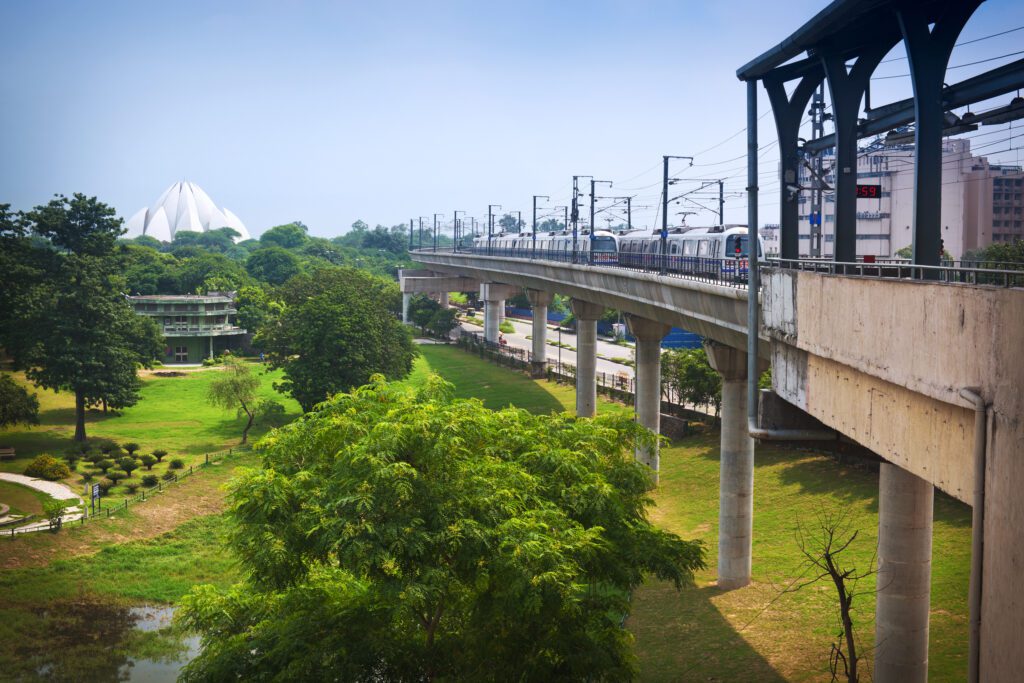
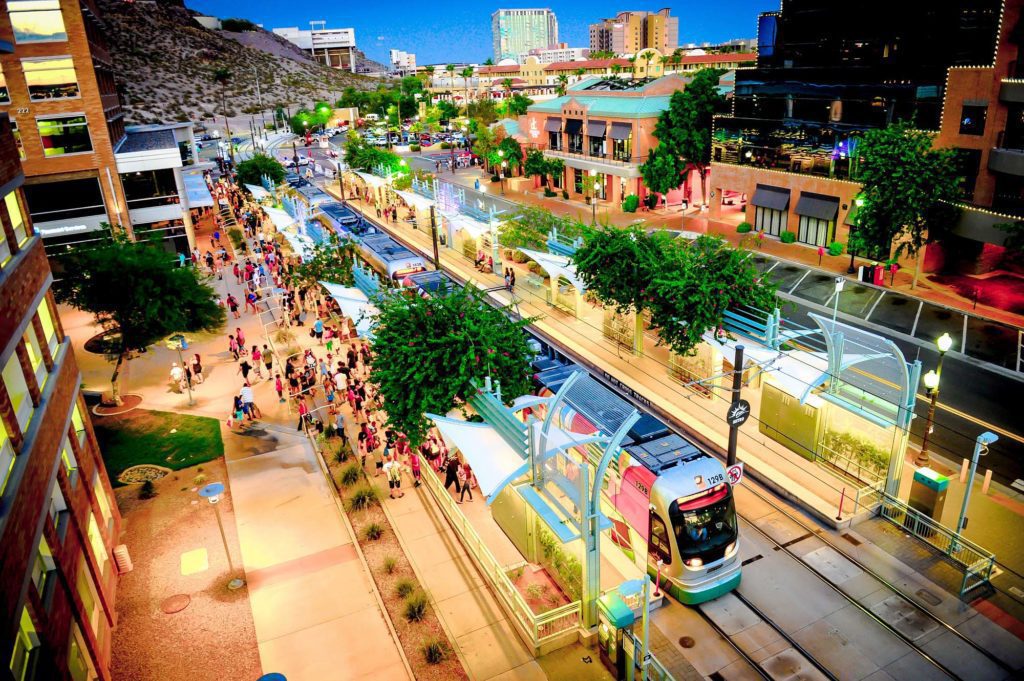


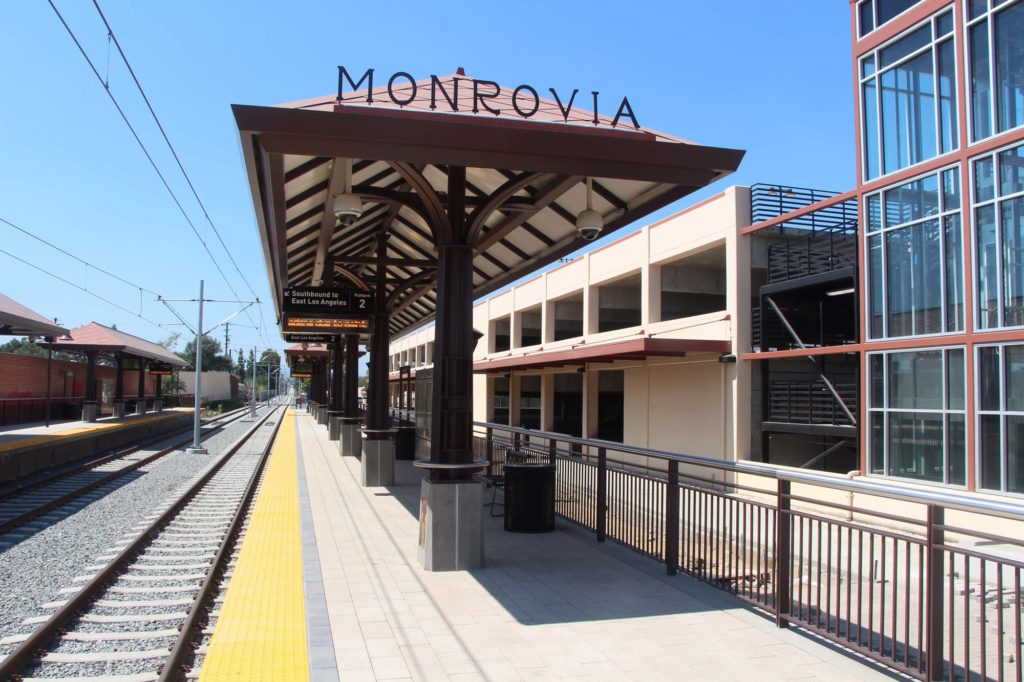
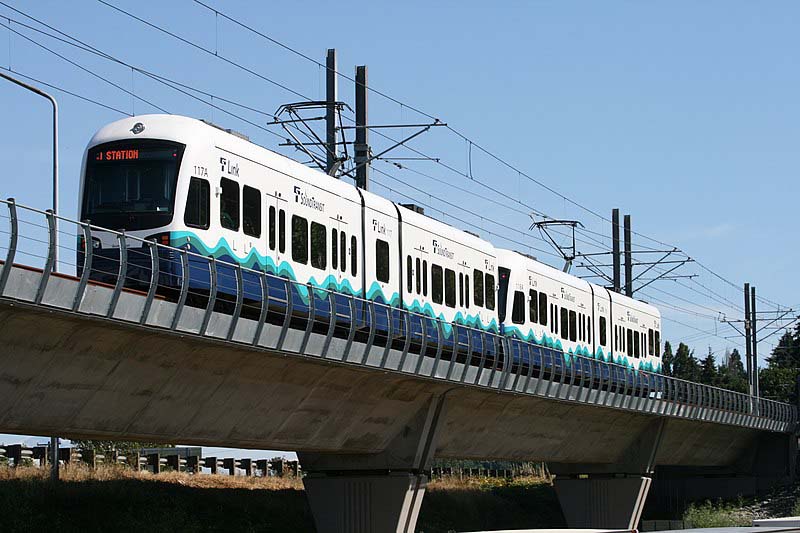
We and use cookies and other tracking technologies to improve your experience on our website. We may store and/or access information on a device and process personal data, such as your IP address and browsing data, for personalised advertising and content, advertising and content measurement, audience research and services development. Additionally, we may utilize precise geolocation data and identification through device scanning.
Please note that your consent will be valid across all our subdomains. You can change or withdraw your consent at any time by clicking the “Consent Preferences” button at the bottom of your screen. We respect your choices and are committed to providing you with a transparent and secure browsing experience.
| Cookie | Duration | Description |
|---|---|---|
| cookielawinfo-checbox-analytics | 11 months | This cookie is set by GDPR Cookie Consent plugin. The cookie is used to store the user consent for the cookies in the category "Analytics". |
| cookielawinfo-checbox-functional | 11 months | The cookie is set by GDPR cookie consent to record the user consent for the cookies in the category "Functional". |
| cookielawinfo-checbox-others | 11 months | This cookie is set by GDPR Cookie Consent plugin. The cookie is used to store the user consent for the cookies in the category "Other. |
| cookielawinfo-checkbox-necessary | 11 months | This cookie is set by GDPR Cookie Consent plugin. The cookies is used to store the user consent for the cookies in the category "Necessary". |
| cookielawinfo-checkbox-performance | 11 months | This cookie is set by GDPR Cookie Consent plugin. The cookie is used to store the user consent for the cookies in the category "Performance". |
| viewed_cookie_policy | 11 months | The cookie is set by the GDPR Cookie Consent plugin and is used to store whether or not user has consented to the use of cookies. It does not store any personal data. |


